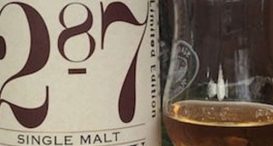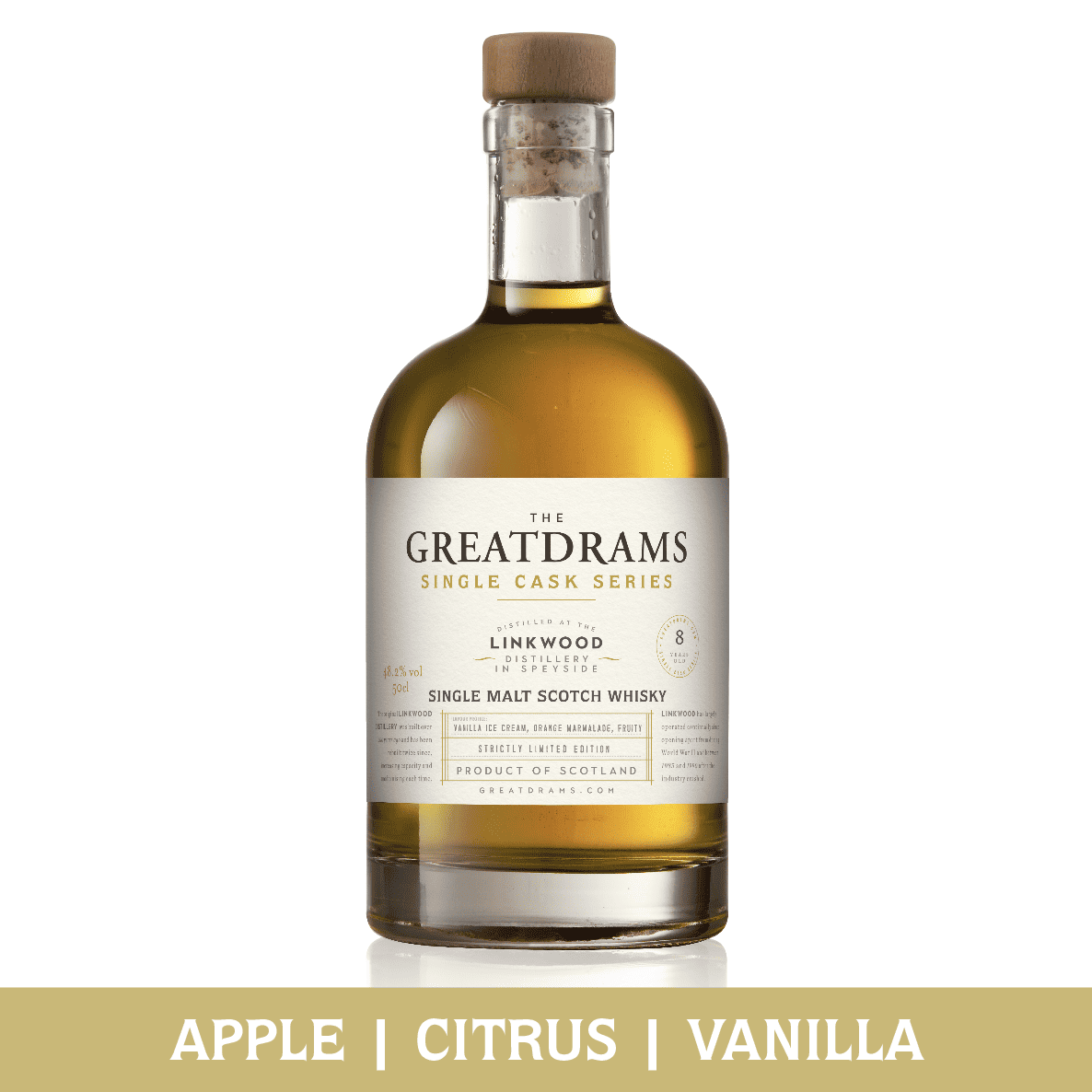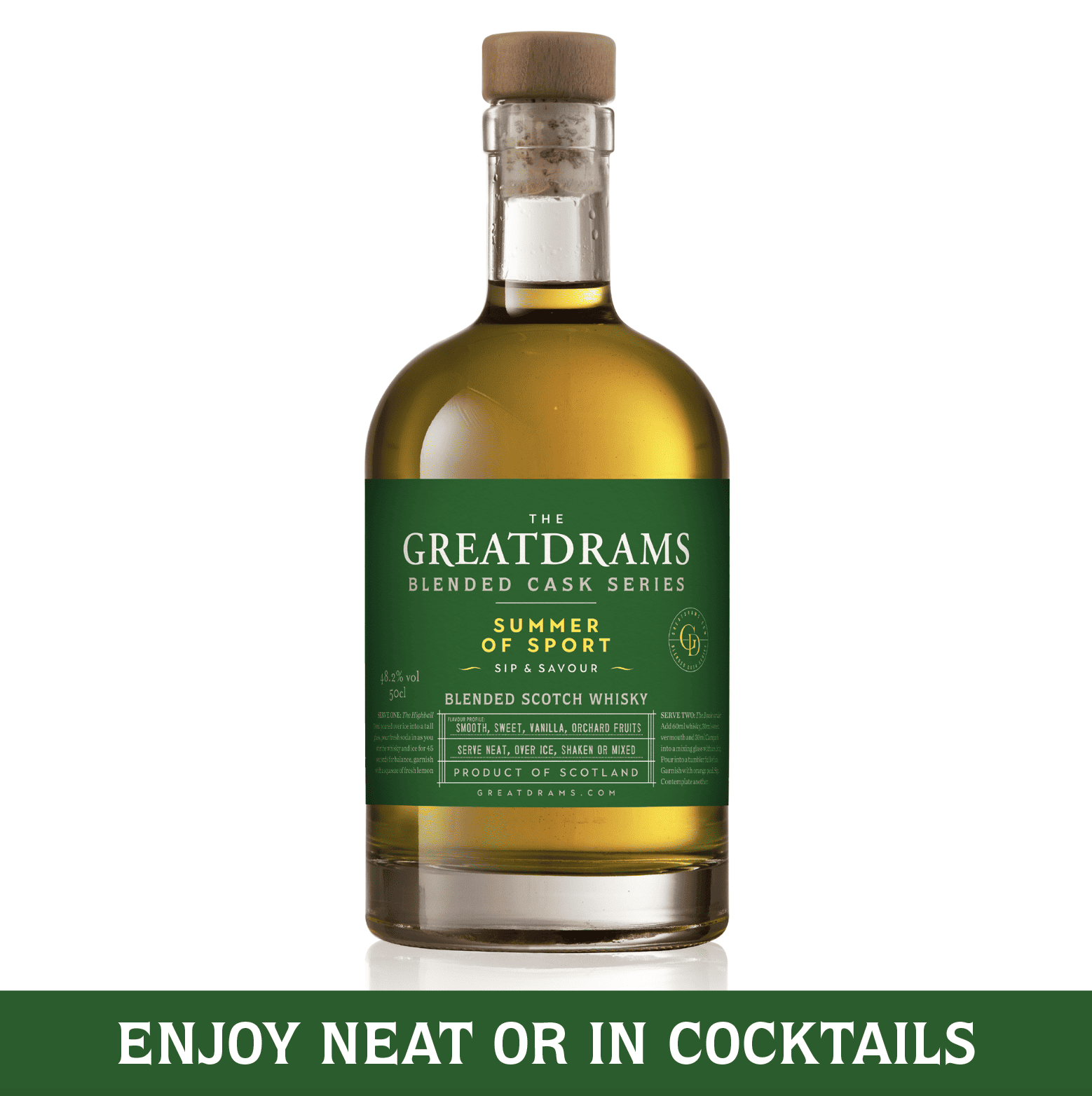Computerised vs. Manual Whisky Production
let’s begin
Do computerised distilleries lack romance? Do traditional manual processes make a difference to the end product? Does anyone care? Here we look at different types of whisky production...
In many historic distilleries, a lot is made of having staff who turn handles and who manually check the dipsticks in the various tanks, all building a romantic story of hands-on production methods that affect the quality of the end product.
On the other hand, many modern, newer or rejuvenated distilleries the world over are able to be operated by just a couple of people who span the whole process, heavily supported by screens and automation.
My viewpoint is that it is fundamental that processes and technology be used where they are able to enhance quality and consistency. But the romantic in me does enjoy tales of stillmen, mash men, distillers, blenders, and whoever else is and used to be involved in the process, and what they did to create and drive forward a product that is made in heavily industrial surroundings.
A few months back I spoke to Ian Chang, master distiller for the world renowned Taiwanese distillery, Kavalan about automation and process and he responded with a typically open and succinct answer:
“If you come to our distillery you will see it is all computerised. We believe whisky making is 70% science, 30% art and we are convinced that computerisation helps on consistency and high quality and are not afraid to say it.”
One of my favourite distilleries, Laphroaig, on the other hand is still operated completely manually using polished brass levers that are hand turned when the time is right to get the correct cut. Same goes for Glengoyne and Benromach.
Having spent a couple of days at Benromach earlier this year as part of my training to become an Honorary Distiller, I can safely say the distillery is 100% manually operated. The distillers / stillmen are so well versed in what they do that they are able to mentally time the gaps between when the magic is happening and when the next part of the process needs a manual intervention.
In the States, Dan FitzHenry, Director of Distillery Operations at Virginia Distillery Company, had an interesting perspective when we spoke last year:
“One thing we are trying to do with our distillery is to get back to the single malt distillery that used to exist. [Big companies] buy up and mechanise the whisky process, where we want to create it as it should be. [With us], it is a manual process the whole way, someone walking through each stage and being present, no computers running the thing. There will be mistakes, sure, but it shows the labour of love. Ironically as our society moves forward and relies more on tech at each stage, people are turning away from that and looking for more genuine craft.”
Could this be the nub of it then? That being hands-on and literally turning that handle gives consumers that sense of place, of understanding that a whisky they are drinking was made with more love and attention than that where 70% of the process was screen-based?
Recently John Fergus & Co. opened InchDairnie, a new mega distillery in Scotland capable of producing 2 million litres a year and no plans to release a single malt until 2029. Considering most new distilleries are aiming for production in the hundreds of thousands of litres, maybe 1.something million, InchDairnie has deliberately set about to not be a craft producer, telling just-drinks recently:
“I don’t think anything ill of the craft industry, I welcome them, but, I’m not one of them. It would be wrong for me to be part of that environment. I’ve spent 38 years in the core environment of Scotch whisky. It’s what I know.”
This distillery is, by all accounts, fascinating; one of the most high-tech whisky production facilities in the UK, if not the world, and deliberately is not interested in being a manual operation.
The big question is: do consumers know if the process at their favourite distillery is manual or completely automated? And if so, does it make a blind bit of difference?














